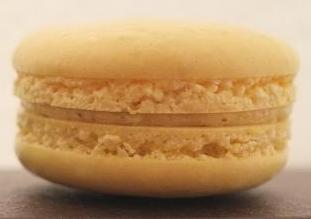Canelés are small pastries originated in Bordeaux. They’re dark
brown on the outside with a thin caramelized crust, and a custard-like texture
inside.
According to bakers in Bordeaux, the original canelés recipe
is a highly guarded secret. The only thing we know is it calls for chilling a
batter for at least 24 hours, then bake them in copper molds at a very high
temperature for a very long time, then let them cool down to harden the outer
crust. And only those ones made strictly following the original recipe can be
called canelés. Therefore, all the treats made using modified recipes, or those with
other stuff (like fruits, flavours) added are called canneles instead.
We first tried canneles when we visited Bordeaux few years ago. But we wanted to try making them only recently after we bought a high
quality made-in-Europe mold in Montreal. We adopted the recipe from Tartelette except for the rum, since we didn’t have it readily at
home (yeah really), and we put a bit more vanilla extract. The result….they were DELICIOUS~! The caramelized crust was thin enough to give the crunchy chew but wouldn't stick to the teeth. It crumbled with the melt-in-the-mouth moist centre when bite into it. We tried one and rushed to get the pictures taken so we could enjoy
the rest.
Why we say they’re the next macarons? Because it’s a simple
recipe with unlimited possibilities. You can add any flavour you can think of
into these little devils, or put whatever garnish you like. We think sooner or
later you will find these cuties in the patisseries.
We’re fine tuning the recipe and hopefully we can soon offer
our taste of Bordeaux to you ^^






























